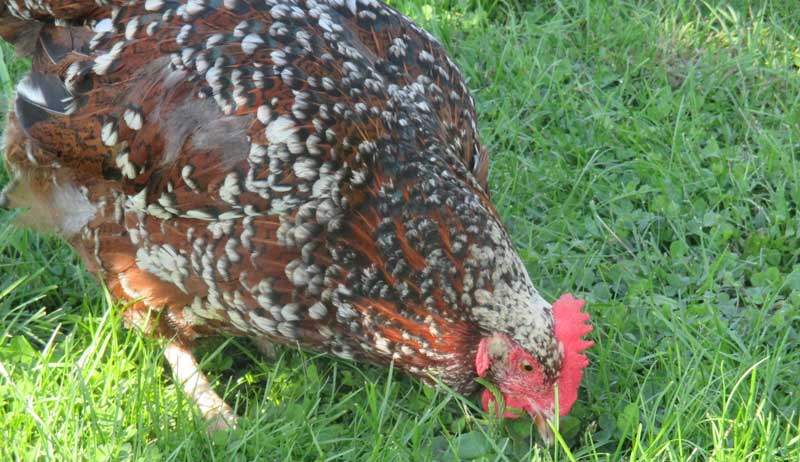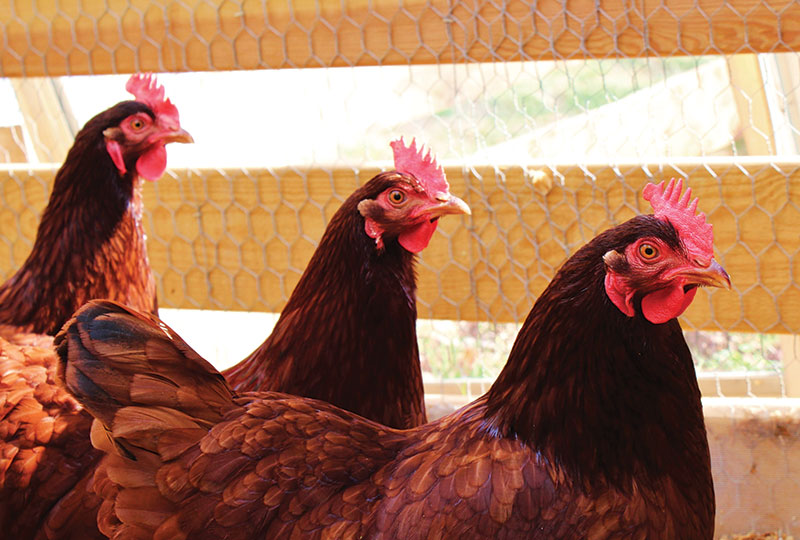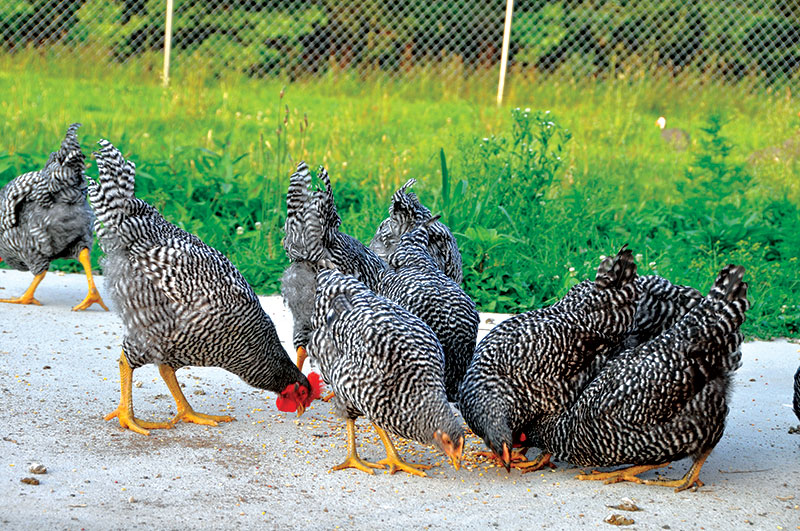Duck leg injuries are frequent occurrences in backyard flocks. From sprains and broken bones to arthritis, learn how to diagnose and treat these common duck leg injuries.
Why Are Duck Leg Injuries Common?
Duck leg injuries are common for several reasons. Some of them include improper nutrition, rough handling, tripping in or out of a water source, predators, and flock conflicts.
The good news is that many duck leg injuries can be prevented with good husbandry techniques, but before we get into prevention, let’s look at some of the most commonly occurring duck leg injuries.
Sprained Leg
Sprained legs are among the most treatable of duck leg injuries. Sprains range from mild, with ducks only showing a slight limp, to severe sprains. Individuals suffering from a severe sprain may exhibit symptoms common to a broken leg, such as dragging their hurt leg behind them.
Sprains are usually easy to treat and should not require veterinarian treatment (unless dealing with a severe sprain).
Sprain Symptoms
- Limping
- Refusing to engage in everyday activities
- Dragging an injured leg behind them
Treatment
The best way to treat a sprain is to move the injured duck to a quiet, isolated spot away from the other ducks to prevent them from being trampled. Ducks are flock creatures, so give your duck a gentle friend if possible. (Note: If the injured duck is a female, avoid placing a male with her to prevent further injuries. If the female and male become depressed from being separated, allow several directly supervised visits daily.)
Always allow a duck with a sprained leg to swim in a kiddie pool (not a pond). Swimming will help the duck’s leg heal faster and relieve any discomfort it might be feeling.
If your duck exhibits severe symptoms, such as dragging its leg behind it or refusing to walk, take it to a vet for a proper diagnosis and further treatment.
Broken Leg
Of all duck leg injuries, broken bones are the most severe. Ducks with broken bones can’t walk and will also refuse to stand. If your duck suddenly goes lame and refuses to stand or walk, there is a good chance the duck has broken a leg. Broken bones often lead to bone infections and require the care of a qualified veterinarian.
Broken Bone Symptoms
- Lameness
- Refusing to walk
- Swelling
Treatment
When treating a duck with a broken leg, separate them from the rest of the flock. Provide a small water dish and food bowl they can easily reach without standing. Handle your duck carefully. Do not attempt to move their leg.
If you suspect your duck has a broken leg, the best thing you can do is take it to a qualified veterinarian. A vet will perform radiographs to confirm whether the bone is broken. If the break is severe, the vet may suggest humane euthanasia or surgery. However, if the break is minor, most vets will prescribe medication and send the duck home with instructions on how to care for it. Ducks with broken legs should be kept in small enclosures to keep them from walking around or moving.
Broken leg bones are very painful, so act quickly to avoid needless suffering. If the duck is not a family pet, humanely dispatching them is the best way to prevent suffering.
Arthritis
A prior leg injury usually causes arthritis. One of the most overlooked things about arthritis is that it doesn’t just affect older ducks. Young and middle-aged ducks also can suffer from this condition.
While arthritis can usually be treated from the start, it will affect your duck’s ability to move quickly. Therefore, ducks suffering from arthritis (and other leg injuries) should never be allowed to free-range, as they are prime targets for a predator attack.
Arthritis Symptoms
- Swelling
- Stiffness
- Limping
- Lameness
Treatment
Although there are several ways to treat arthritis naturally, leg massages and hydrotherapy are the best ways to help your arthritic duck stay comfortable. Before beginning treatment, have a veterinarian examine the duck to ensure you have diagnosed the condition correctly.
Massage: Gently massage your duck’s feet and legs using your thumb and index finger. Start on the toes and work through the webbing and up the duck’s legs. Most ducks respond well to massages and seem to enjoy them, especially if they have enjoyed being handled in the past.
Hydrotherapy: During the warmer months, fill a kiddie pool and allow ducks to get their weight off their legs and enjoy a leisurely swim. In winter, limit swims to short swims several times a week.
Whenever possible, while treating arthritis, avoid using veterinarian-prescribed anti-inflammatories, as these medications are harmful to a duck’s organs—feeding natural anti-inflammatories such as chickweed, dandelions, fennel, oregano, turmeric, violets, and yarrow will reduce inflammation without negatively impacting the organs.
Duck Leg Injuries: Prevention
Duck leg injuries can not always be prevented, but following these common practices should reduce the number of injuries in your flock.
Cleanup: Remove tripping hazards like rocks or sticks to avoid ducks falling and hurting themselves.
Good Breeding Ratios: Overmating is a common cause of duck leg injuries. One of the best ways to prevent them is to keep hens with drakes of the same weight class. House one medium-weight or heavyweight drake for three to five females and one lightweight drake for every six females.
Peaceful Flock: Even though they are not as notorious for flock squabbles as chickens are, ducks don’t always get along. Bullies should be removed from the flock by setting up a small enclosure in the coop to avoid injuries in the flock.
Swimming: Allowing your ducks access to a clean kiddie pool will keep them looking their best and help their legs stay healthy and strong.
Proper Nutrition: One of the biggest contributors to duck leg injuries is the lack of niacin. Supplementing your flock’s diet with Brewer’s yeast should help prevent leg injuries from occurring.
Duck leg injuries can often be prevented, but when life happens, knowing how to diagnose and treat these injuries can help your duck recover and go on to live a happy, enriched life.
This article about duck leg injuries was written for Chickens magazine. Click here to subscribe.



















